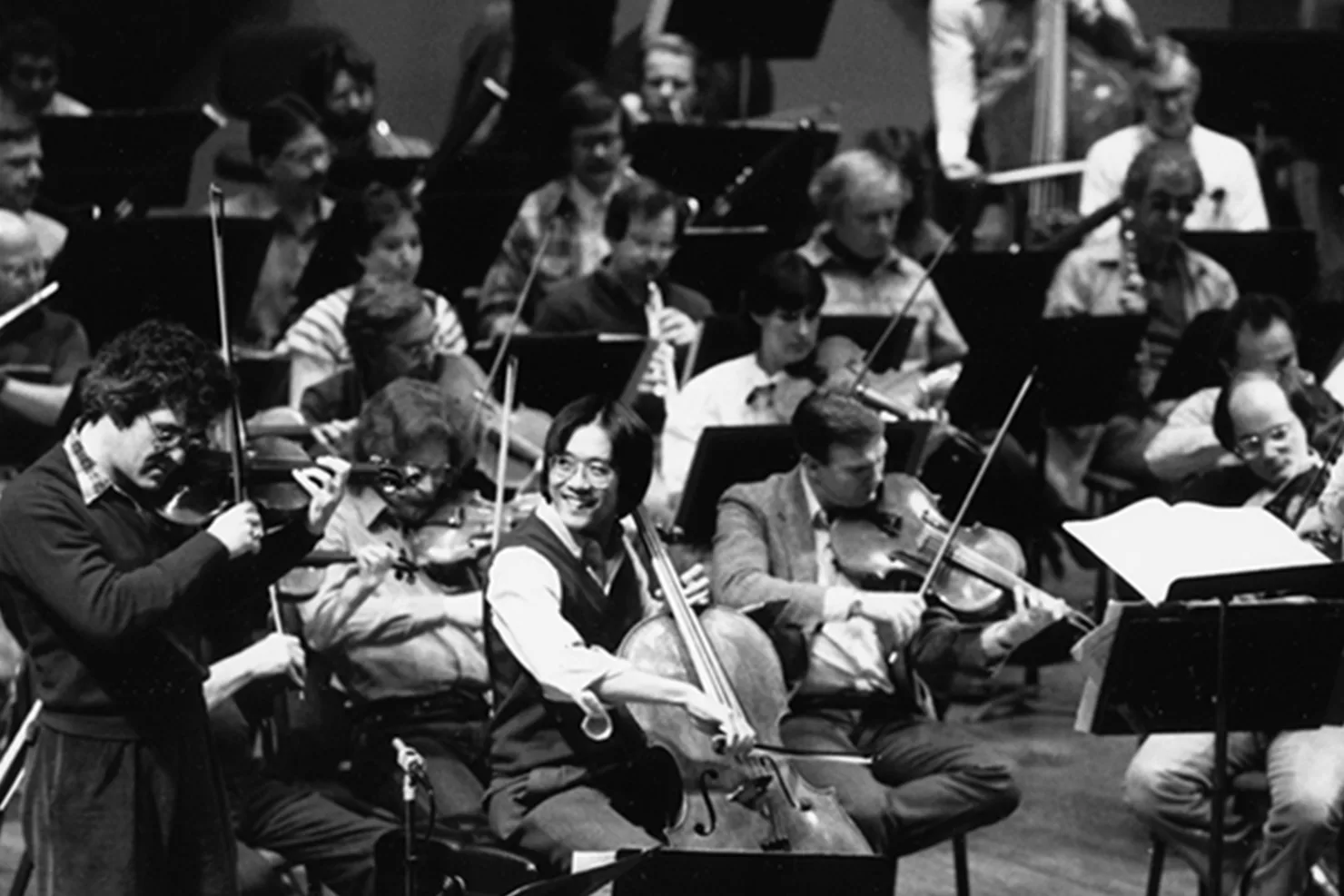By: Ray Zhao
American orchestras, for all their musical grandeur and talent, have come under fire for something unrelated to music: their lack of racial diversity.
Overall, just 21 percent of orchestra players around the US are people of color, a 50 percent rise from the 2012-14 season. Asian players experienced a 22 percent rise, while Latinx players experienced a 90 percent rise in numbers. However, Black players, who have long been underrepresented, only experienced a 33 percent rise.
Simon Woods, the president and chief executive of the League of American Orchestras, notes that many orchestras have achieved progress towards equality. “I have never felt so much urgency for change and seen so much sincere work for change,” he says while acknowledging that the progress “can go faster.”
However, there is debate on how exactly to increase diversity. Some people think that orchestras should trash the blind-audition process, in which musicians try out behind screens. The system, which is meant to eliminate bias in hiring, has been credited for some increases in equality. However, some now argue that race and ethnicity should be considered in hiring to increase the proportion of musicians of color in orchestras.
Of course, there is fierce backlash to this proposition, which is by far the most effective one. Many correctly point out that blind auditions are a very important way of ensuring fairness, but they fail to notice that the process decreases equality and Black representation.
Despite the small number of orchestra musicians of color, more equality has been achieved in other positions. On boards, representation improved significantly: People of color occupy about 16 percent of board seats this season, double the amount they did a decade ago. In orchestra administration, the percentage of Black employees has more than doubled, but is still less than ideal. Another important field, conducting, has seen major improvements as well. People of color now fill 32 percent of those positions, double the rate of ten years ago.
However, despite this progress, most orchestra administrations believe that more needs to be done. Recent efforts to bring equality to classical music are starting to encourage minorities. More and more minority musicians are starting to mentor each other and collaborate, which may lead to more equality in orchestras.











